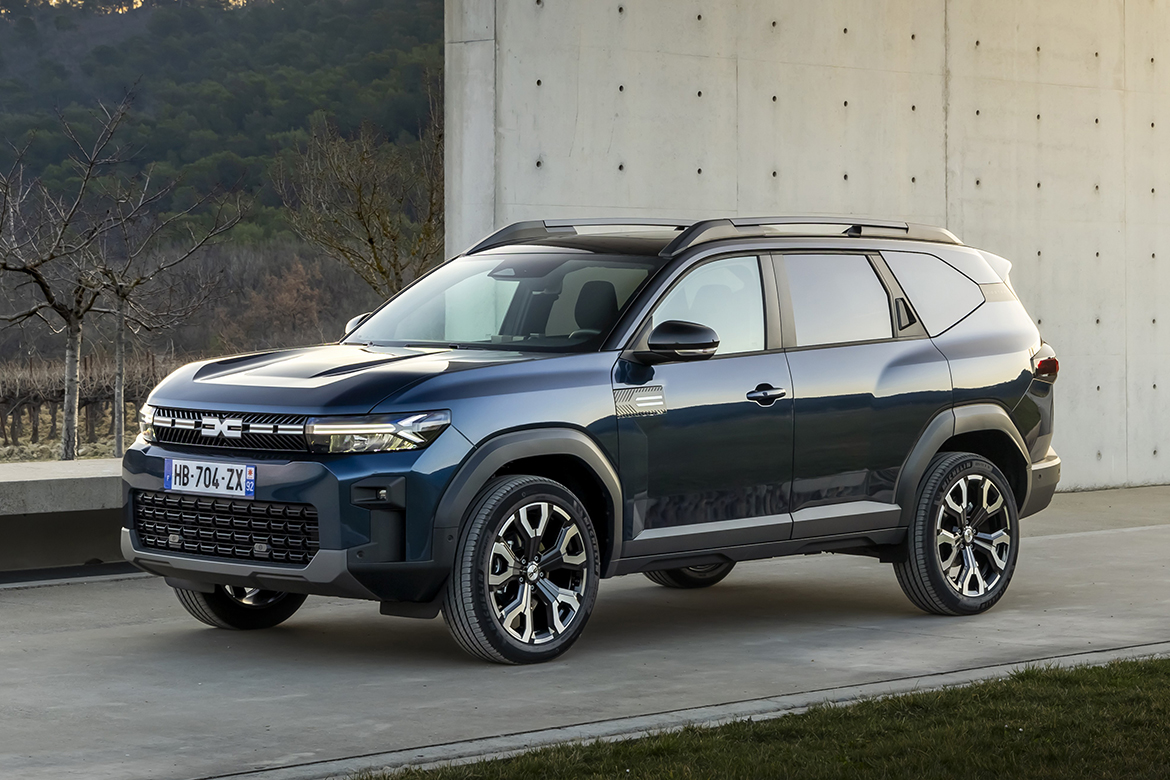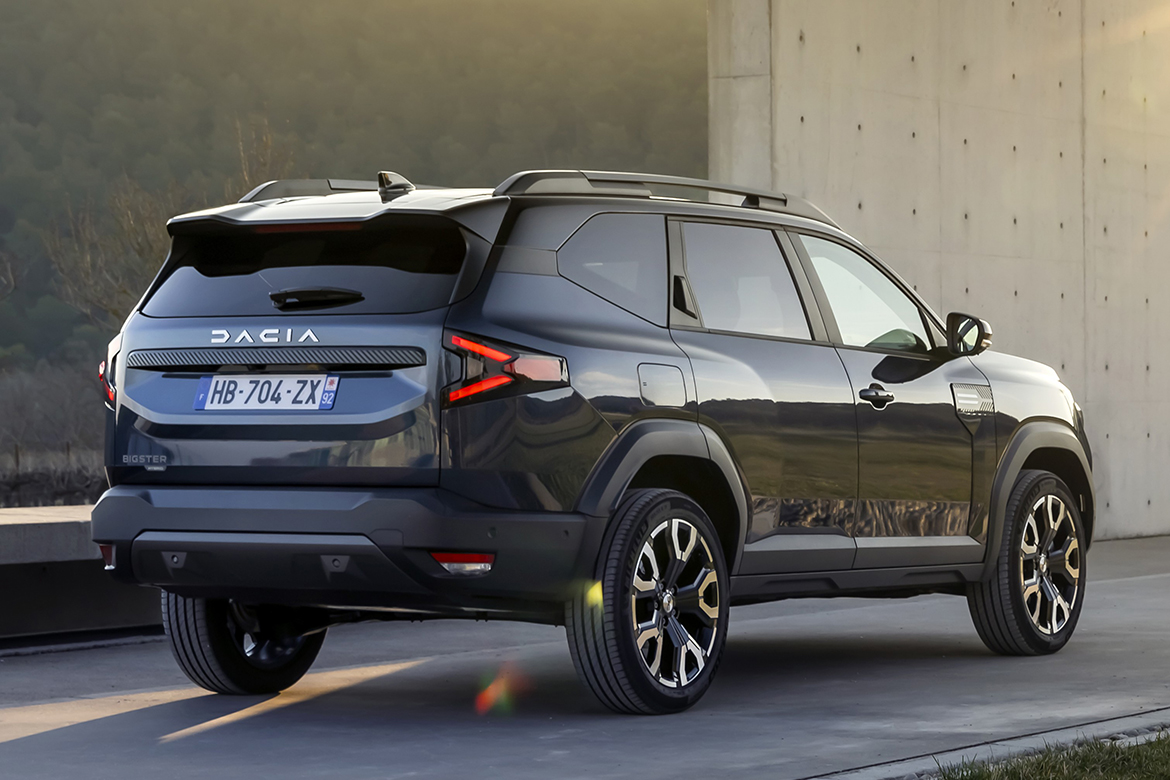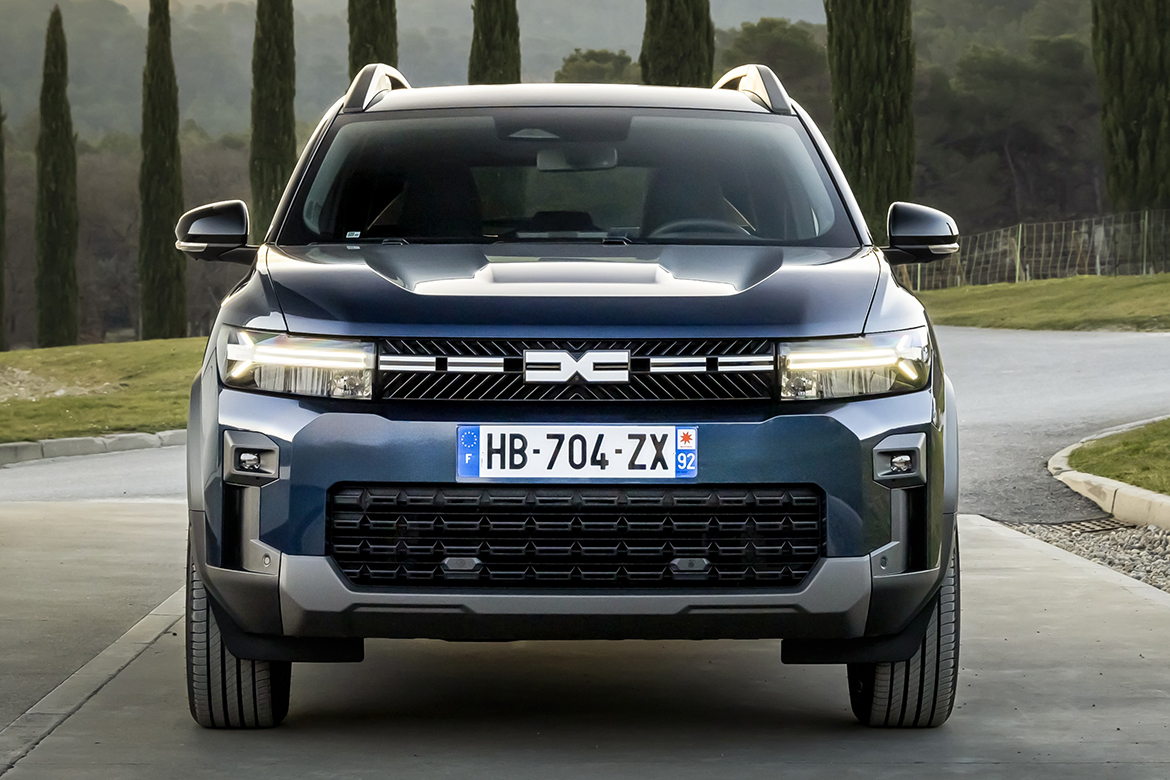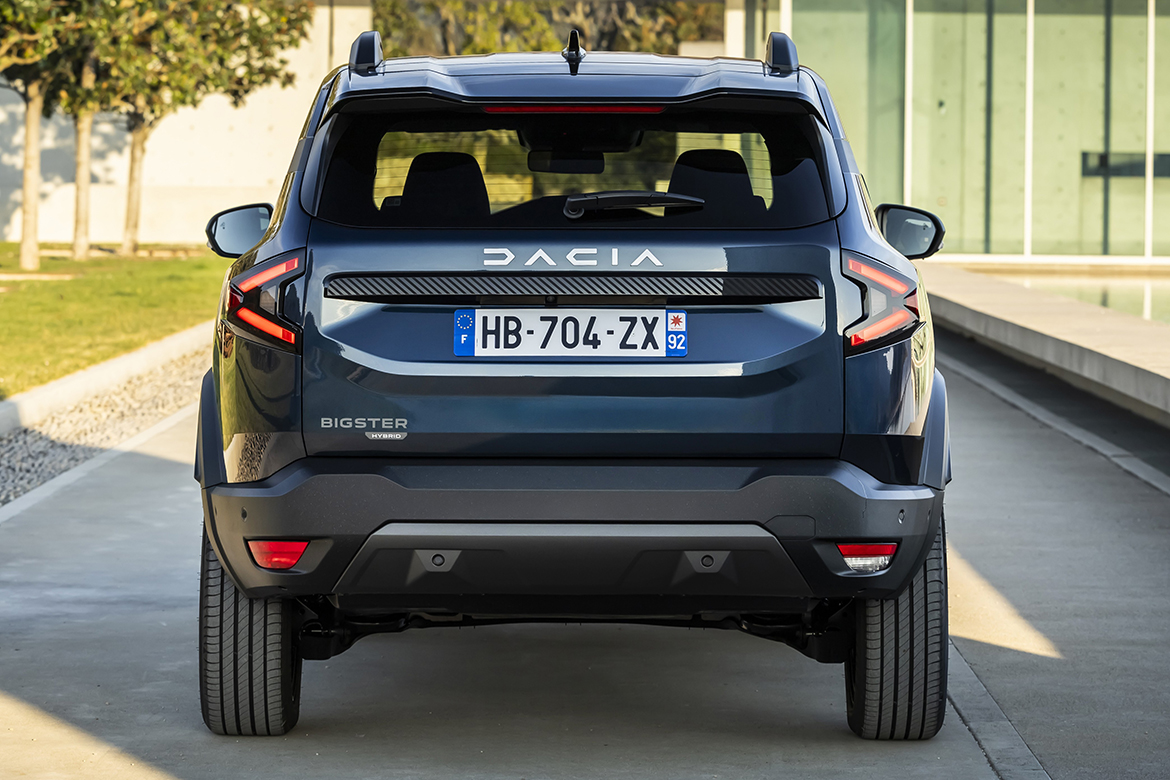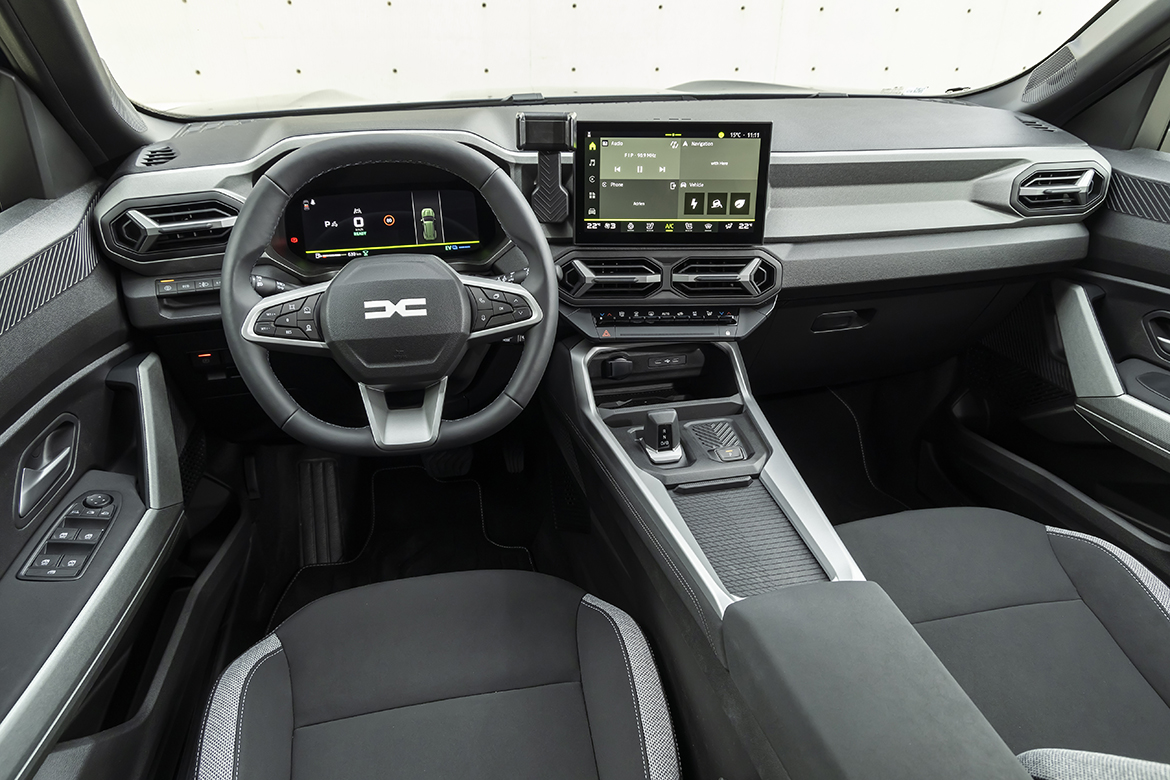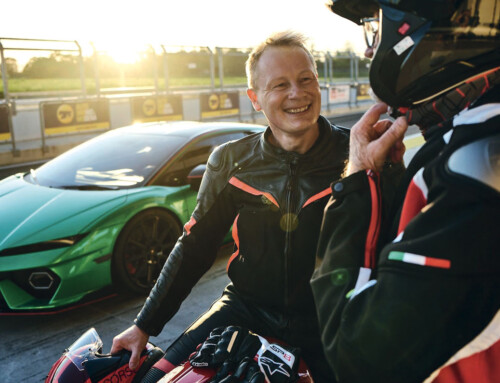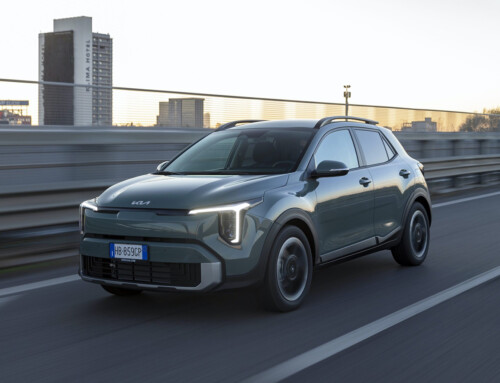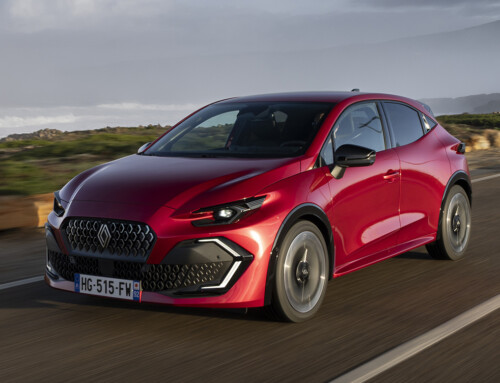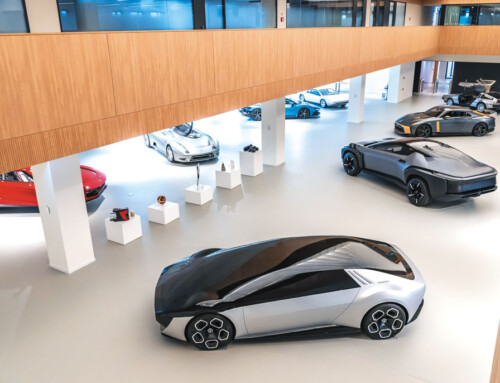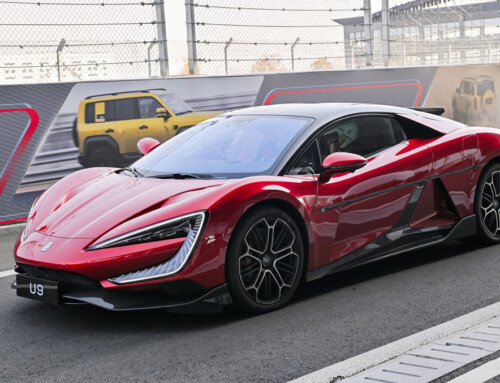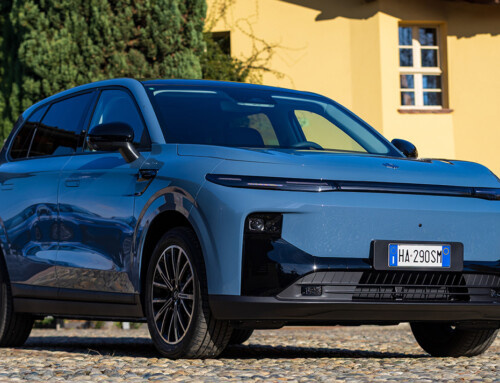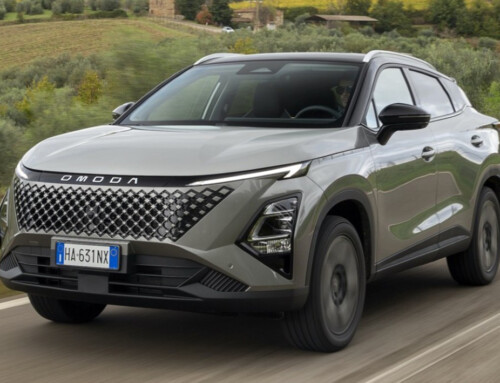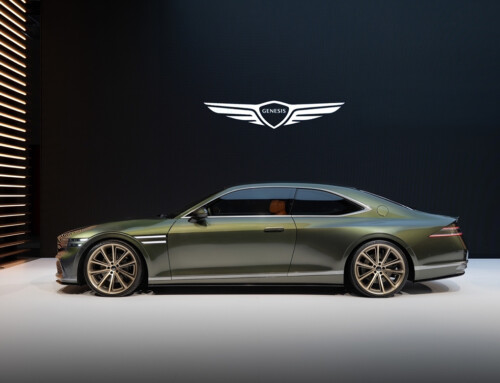It is called the Bigster and marks Dacia’s entry into a new, hitherto unexplored segment since the Renault group manufacturer changed its look with a more effective, adventure-oriented design. In lines and content, the production model has remained faithful to the Bigster Concept of 2021, as David Durand, Dacia’s vice-president of design, recounts: ‘With Bigster we have realised the intentions expressed in the Bigster Concept. Bigster is the ultimate expression of Dacia’s values and is now the flagship vehicle of our brand’. The SUV’s volumes are square, pronounced and robust. A concreteness that we also found when we drove the car in full hybrid version with 155 horsepower on the roads of Provence, France.
The Bigster’s design emphasises its robust styling and ability to support customers in their work, leisure and family activities. The generous dimensions (the car is 4.6 metres long, 1.81 metres wide and 1.71 metres high) are accentuated by taut geometric shapes and volumes whose simple lines go straight to the essentials. The large wings and the position of the headlights and lights at the end of the body contribute to a rather assertive image. A further novelty from the Color&Trim department is the new colour scheme: for the Bigster, the designers have developed Indigo Blue, which they claim gives the car an elegant and understated touch.
Right from the start of its design, the designers had been thinking of bold shapes and a look that echoed that of its little sister Duster. The proposal chosen to start the project was Sebastian Mihai Stoianov, now Senior Exterior Designer at Dacia: ‘I am proud that the model we see on the road is so close to what I had imagined and put down on paper as an idea,’ says the designer. ‘The most important thing, from an aesthetic point of view, is that an SUV has a strong character, so the pronounced lines and robust stance of the Bigster reflect power and refinement. The designers also paid attention to sustainability. The protection that runs along the entire bodywork on the sides, wheel arches and the underside of the bumpers is made of Starkle, an untreated, unpainted plastic material.
‘In the interior we wanted to emphasise one of the Bigster’s main strengths: its exceptional space. We focused on simplicity, with geometric lines that echo those of the exterior, while offering the quality that C-segment customers expect,’ explains Durand. To further increase the space on board, the dashboard is streamlined, while instrumentation and infotainment are conveyed by two 10-inch displays. The creatives have played with the conformity and colours of the interior by treating the harder plastics with pleasant graphic motifs and customising some components: the air vents have the same styling signature as the headlamps thanks to the contrasting colour of some elements.

